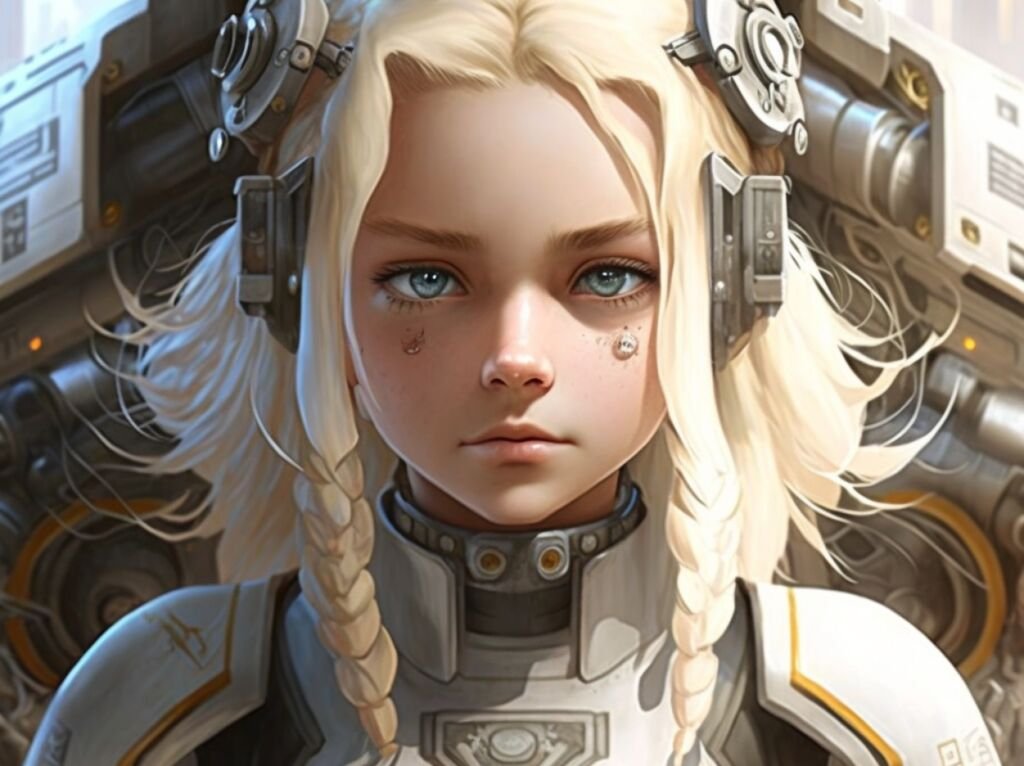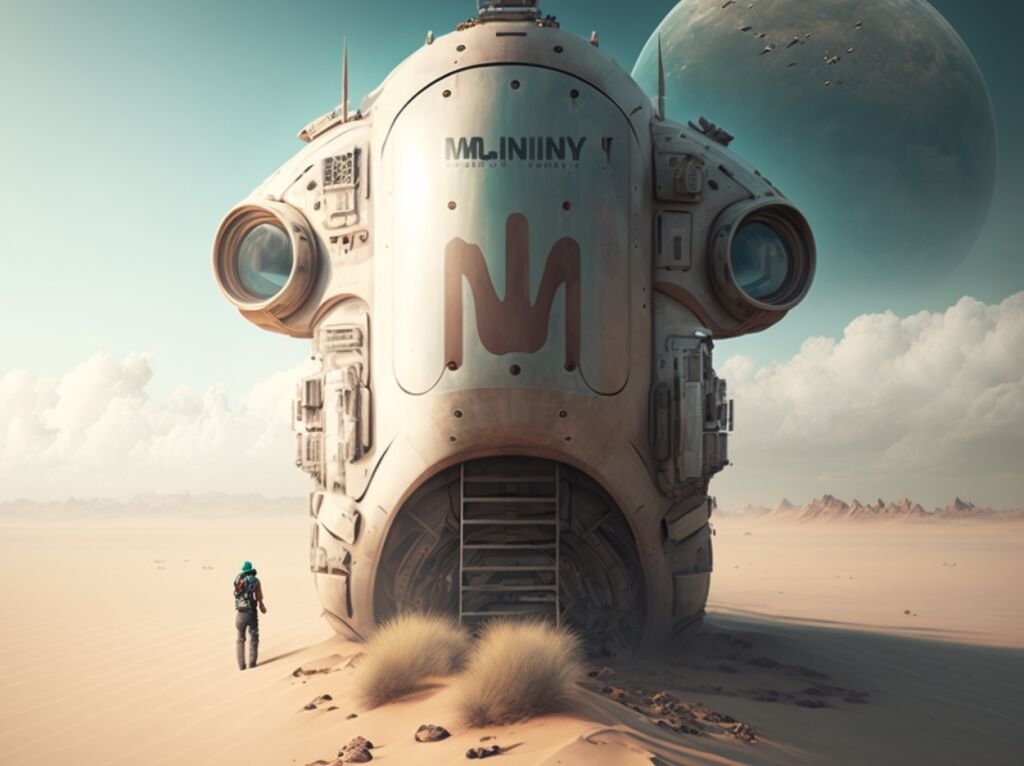Machine intelligence, often referred to as Artificial Intelligence (AI), has captured our imaginations in science fiction and reshaped industries in real life. But how did this groundbreaking technology come into existence? The journey of machine intelligence spans centuries, involving visionaries, mathematicians, and engineers who laid the foundation for the intelligent systems we use today.
Sed ut perspiciatis, unde omnis iste natus error sit voluptatem accusantium doloremque laudantium, totam rem aperiam eaque ipsa, quae ab illo inventore veritatis et quasi architecto beatae vitae dicta sunt, explicabo.
1. Early Visions and Foundations
The idea of machines mimicking human intelligence predates modern computing.
- Ancient Myths and Automatons: As early as ancient Greece, myths like the mechanical Talos, a giant automaton, illustrated humanity’s fascination with artificial beings.
- Mechanical Geniuses of the Renaissance: In the 15th century, Leonardo da Vinci designed mechanical devices, including a robotic knight, capable of limited human-like motions.
However, it was in the realm of mathematics and logic where the real groundwork for machine intelligence was laid.


2. 19th Century: The Seeds of Computational Thought
Charles Babbage and Ada Lovelace: Babbage conceptualized the “Analytical Engine,” a mechanical device that could perform calculations. Ada Lovelace, often considered the first programmer, envisioned how such a machine could process not just numbers but concepts, setting the stage for the programmable machines of the future.
The history of machine intelligence is a testament to humanity’s drive to innovate and solve complex problems. What began as theoretical musings has become a transformative force shaping our world. As we continue to push the boundaries of what machines can achieve, one thing remains certain: the journey of machine intelligence is only just beginning.
3. The Dawn of Modern Computing (20th Century)
Alan Turing (1930s-40s): Known as the father of modern computing, Turing formalized the concept of computation with the “Turing Machine.” His landmark paper, “Computing Machinery and Intelligence,” posed the famous question, “Can machines think?” and introduced the Turing Test to evaluate a machine’s ability to exhibit intelligent behavior.
John von Neumann: In the 1940s, von Neumann developed the architecture that underpins most modern computers, enabling the storage of programs and the execution of complex computations.
4. The Birth of AI as a Field (1950s-60s)
- The Dartmouth Conference (1956): Widely recognized as the birthplace of artificial intelligence, this conference coined the term “AI.” Researchers like John McCarthy and Marvin Minsky envisioned creating machines capable of human-like reasoning.
- Early Milestones:
- Logic Theorist (1955): The first AI program capable of proving mathematical theorems.
- ELIZA (1964): An early chatbot that mimicked human conversation.
5. The Rise of Machine Learning (1980s-90s)
- Expert Systems: AI systems designed to emulate human decision-making gained popularity in industries like medicine and finance.
- Neural Networks: Inspired by the human brain, neural networks began to demonstrate the potential of machines learning from data, albeit with limited computational power.
6. The AI Winter and Subsequent Revival
- AI Winter: Overpromising and under-delivering led to funding cuts and skepticism in the 1970s and 1980s.
- Revival: The advent of more powerful hardware, larger datasets, and advancements in algorithms revitalized AI research in the late 1990s and early 2000s.
7. The Modern Era: From Big Data to Deep Learning
- Deep Learning Revolution (2010s): Algorithms like convolutional neural networks and tools like TensorFlow enabled breakthroughs in image recognition, natural language processing, and autonomous vehicles.
- Applications Today: From voice assistants like Siri and Alexa to advanced robotics and predictive analytics, AI has become integral to daily life and industries worldwide.
8. The Future of Machine Intelligence
With innovations in quantum computing, ethical AI, and general artificial intelligence (AGI), the journey of machine intelligence is far from over. As AI continues to evolve, the possibilities for its application—and its implications for humanity—are endless.


